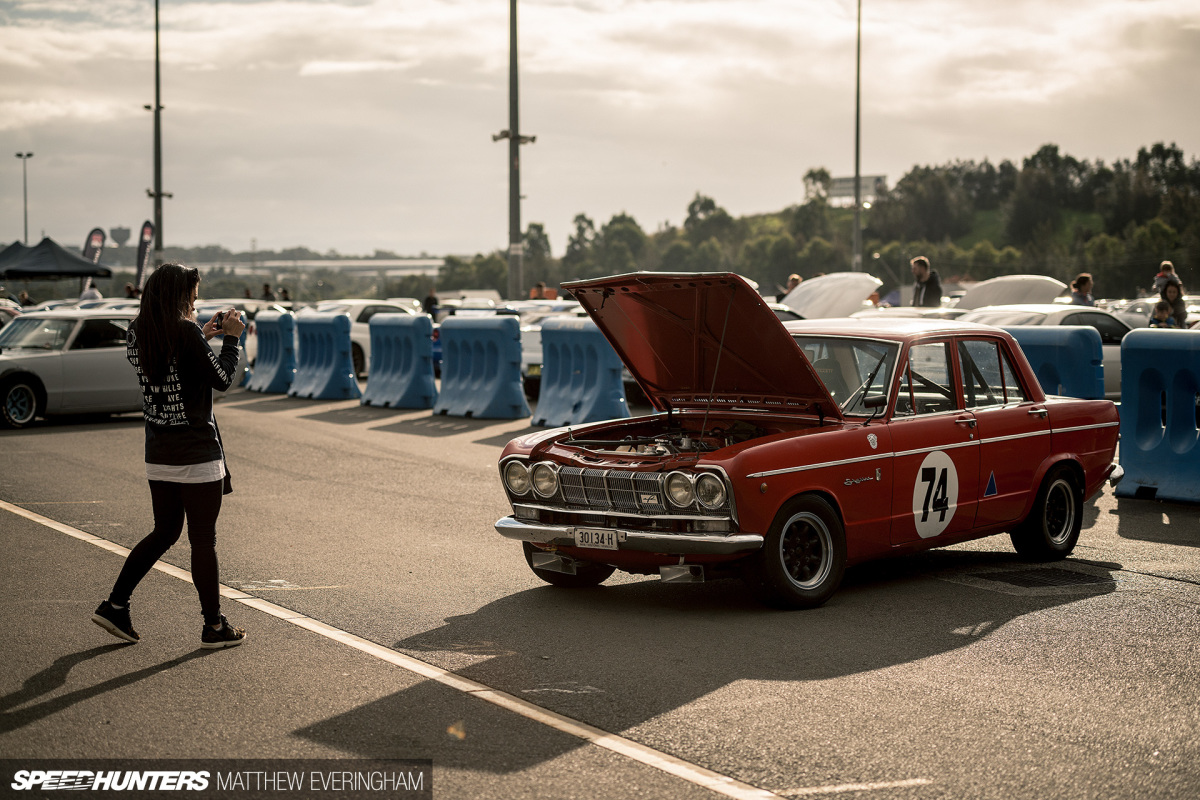
For Nissan, the R35 GT-R has been an absolute game changer. There is no questioning the abilities of the Skyline GT-R models that preceded it, but as a global model with performance to rival the best from Europe, the R35 has taken Nissan to the next level.
The red ‘GT-R’ badge stirs loyalty within its followers and both fear and respect in those who follow other marques, but lasting legacies are built upon strong origins. Today I’d like to show you the Bryant family’s 1964 Prince Skyline GT-BE2 – the model that kickstarted everything Nissan fans take for granted today.

But aren’t we looking at a Prince and not a Nissan? Good observation. If you’re an avid fan with a firm understanding of the Skyline’s history, you may want to skip to the next chapter. But if you’re unfamiliar with the Prince backstory, read on.
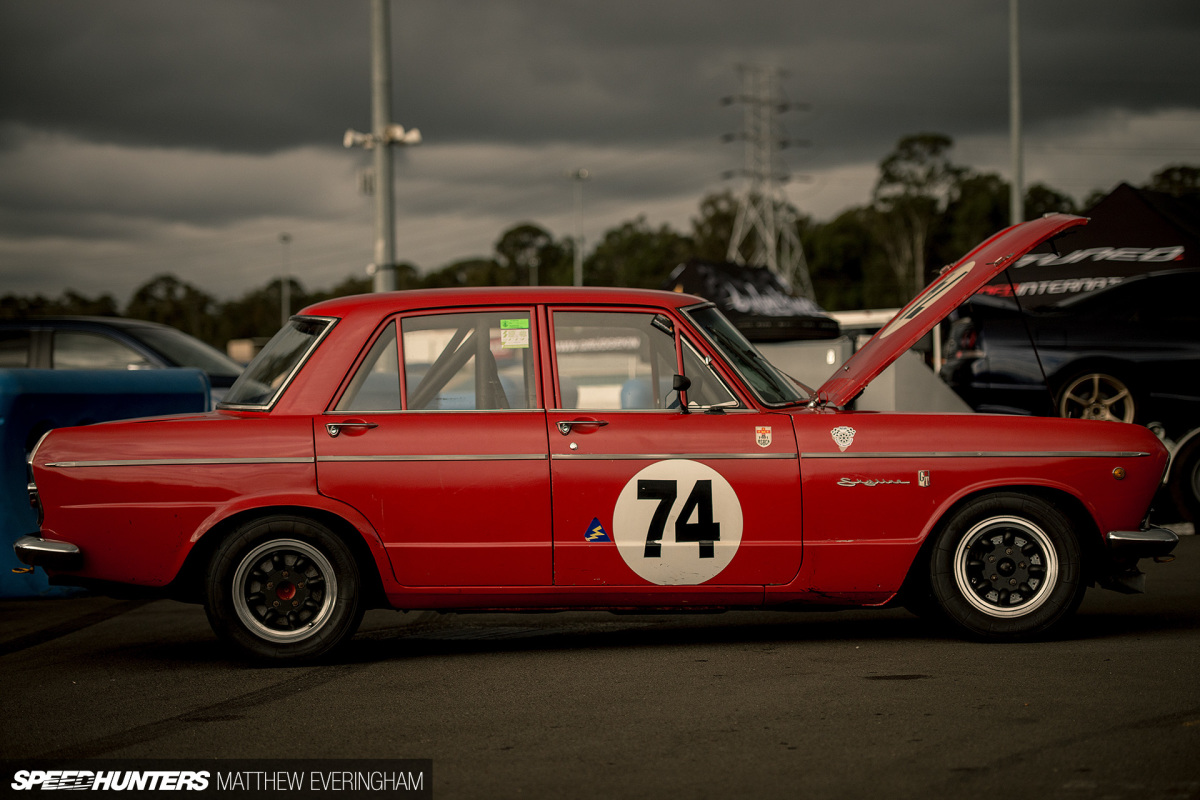
While Nissan is responsible for the majority of the Skyline legacy, PMC, the Prince Motor Company, released the original luxury Skyline in 1957. The smaller car took strong creative cues from the American Chevy Belair, but was fitted with a compact GA-30 1.5-litre engine, good for just 40hp (30kW). Another piece of fresh party trivia: This was the same engine used in the world’s first Subaru, the 1500.
In 1964, under direction from the Japanese government, the Prince Motor Company merged into the larger Nissan company.
But before PMC was absorbed by Nissan, another significant merger would take place, one that would give birth to a motoring icon. In the lead up to the 1964 Japanese Grand Prix, Shinichiro Sakurai, the Skyline ‘godfather’, decided to shoe-horn the larger G7 inline-six engine from the Prince Gloria into the smaller, lighter 1964 Prince Skyline. Labelled ‘GT-B’, 100 of these cars were made to meet racing homologation requirements.
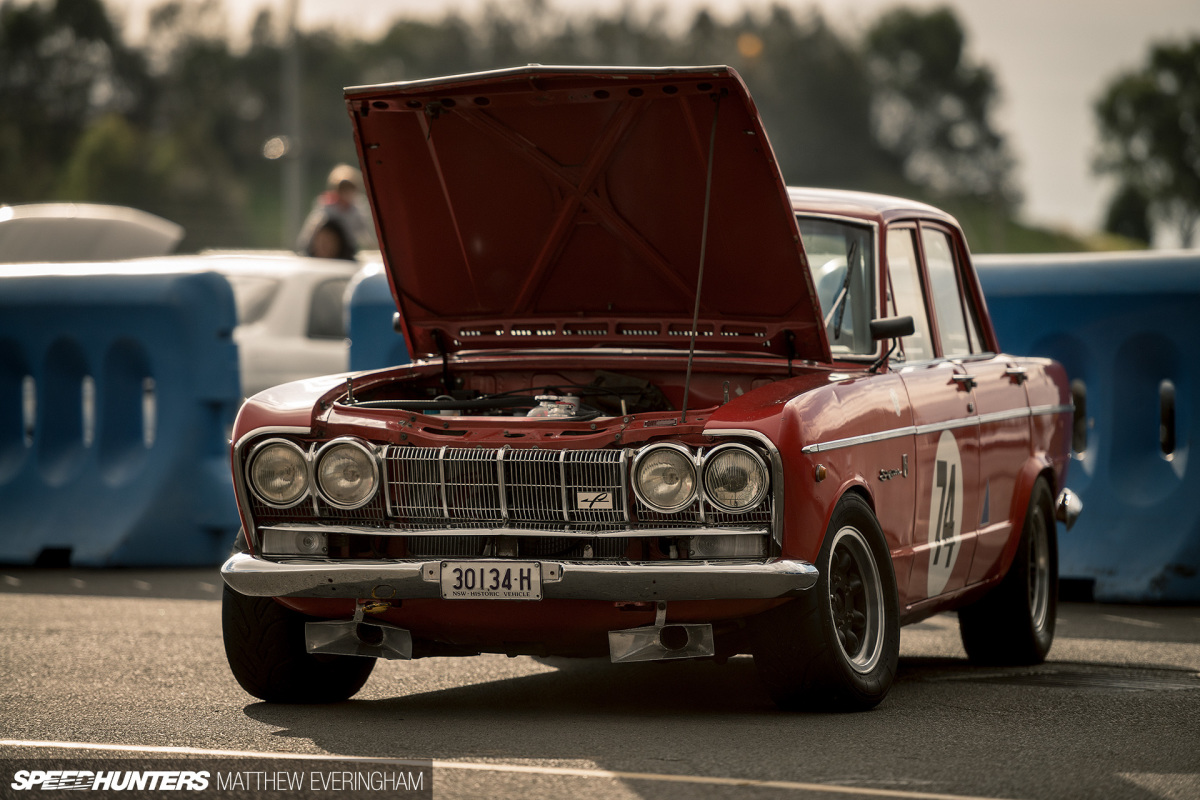
The longer block required some serious revision to the chassis, and 20cm was added between the firewall and the front wheel line to accommodate the vastly larger 2.0-litre six. With a set of tuned triple Weber carburettors attached, power was increased to 124hp (92kW).
A 5-speed gearbox with closer than standard ratios, LSD diff and front disc brakes rounded out what was a sensational package for 1964. For the first time, an excited Japanese crowd cheered on as a domestic vehicle overtook a privateer Porsche 904 and slipped into the GP’s lead position.
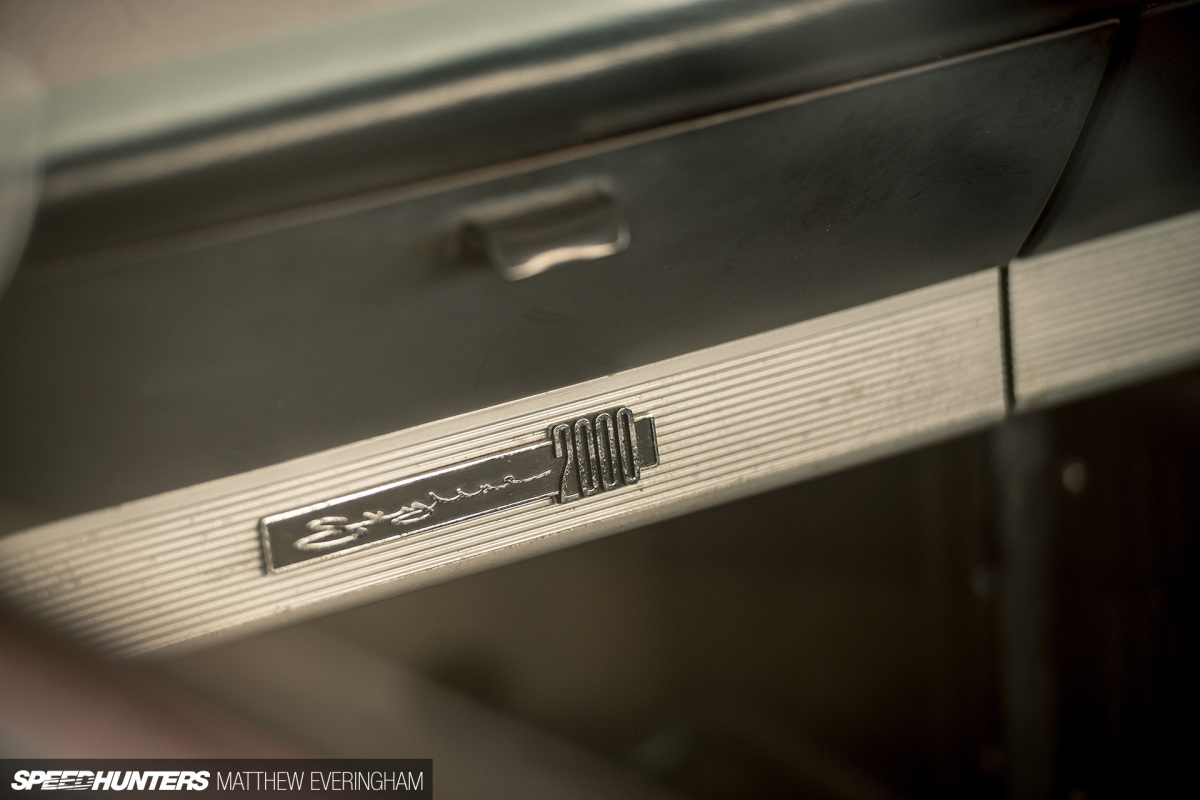
Ultimately, the race was won by the Porsche, but that didn’t matter; those few magical laps showed the crowd that victory was indeed possible, and the Skyline gave Japan a brief taste of the elation of winning. Furthermore, behind the Porsche, GT-Bs filled every position from second through to fifth. A legend was born that day, and a legacy had begun.
SECOND CHAPTER
Restoring An IconIn addition to the 100 homologation Prince Skyline GT-Bs, close to 300 additional vehicles were built and shipped to Australia. One of these would serve as the foundation for Dick Bryant and his two sons, Peter and Richard, to restore.
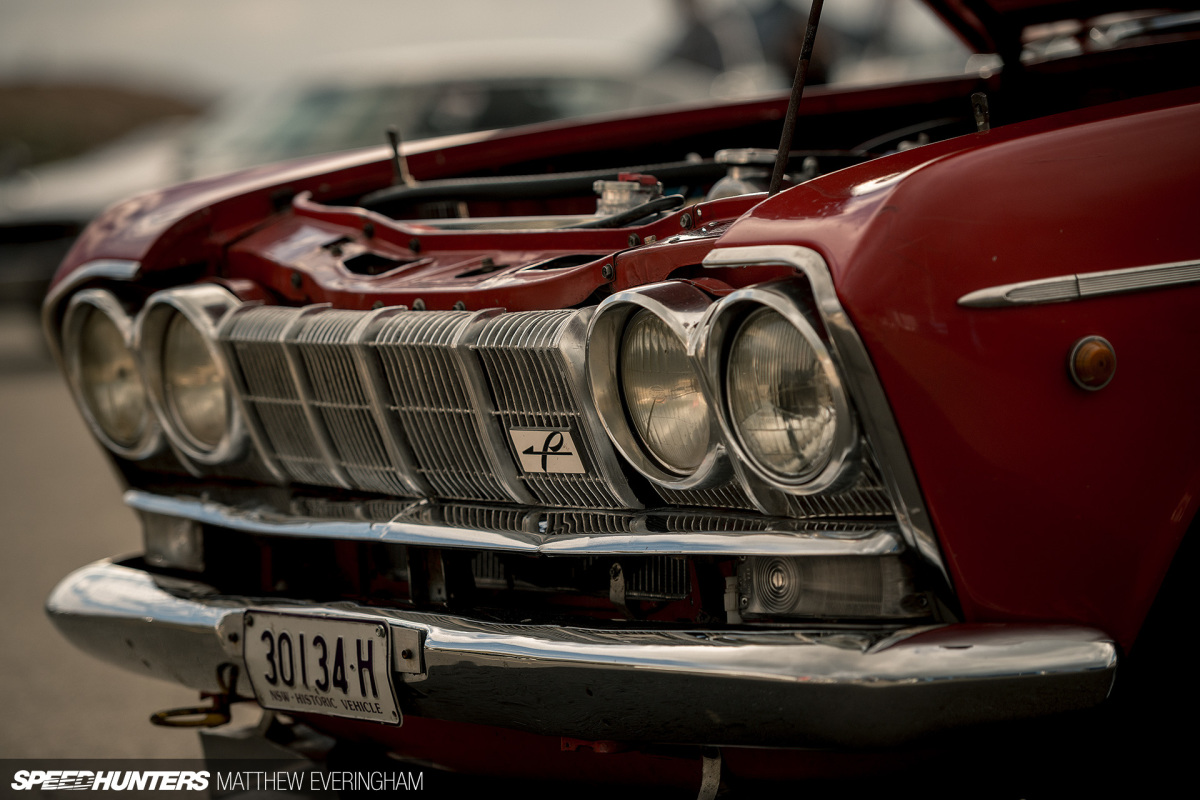
The Prince was a car that was well ahead of its time, and when launched Down Under there was nothing else like it on Australian roads. It had also been an object of desire for Dick since he was a boy.
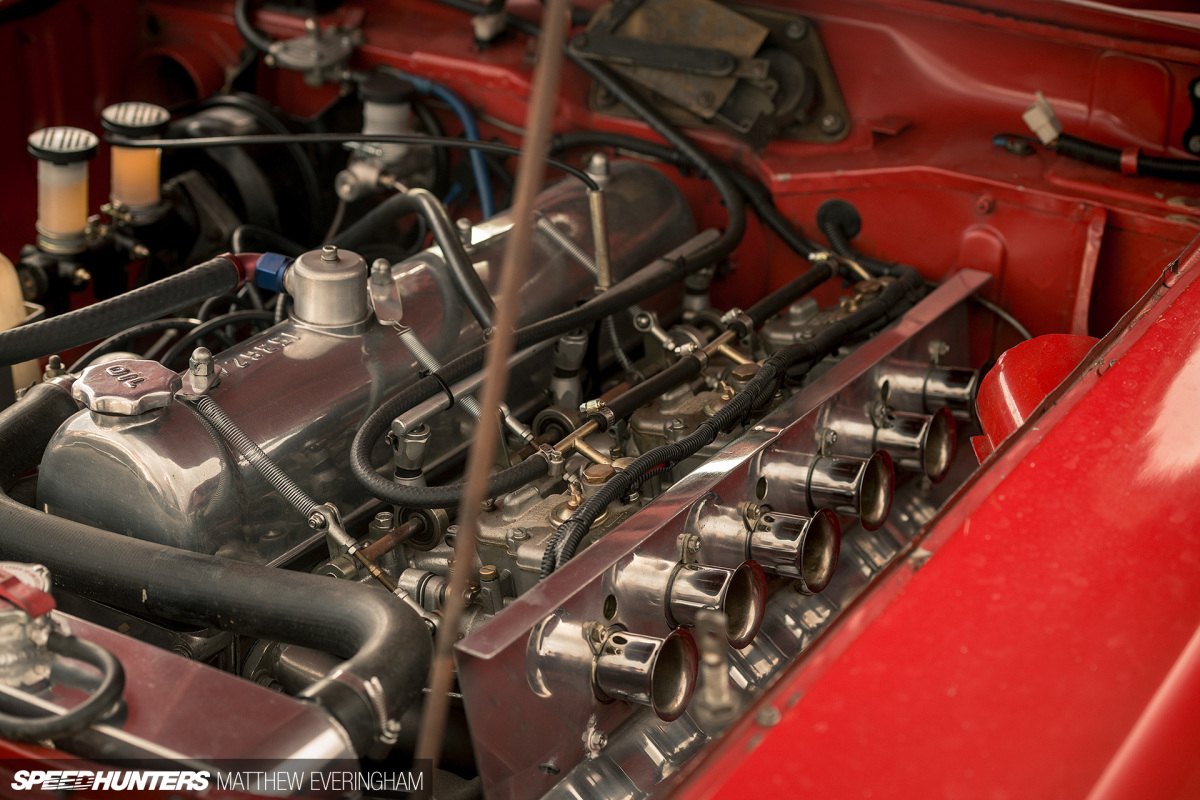
The restoration of this particular car began long before kyusha-mania was a thing outside of Japan. At the time there were just 30 examples known to still exist in Australia, and seven of those resided in the Bryant’s garage.
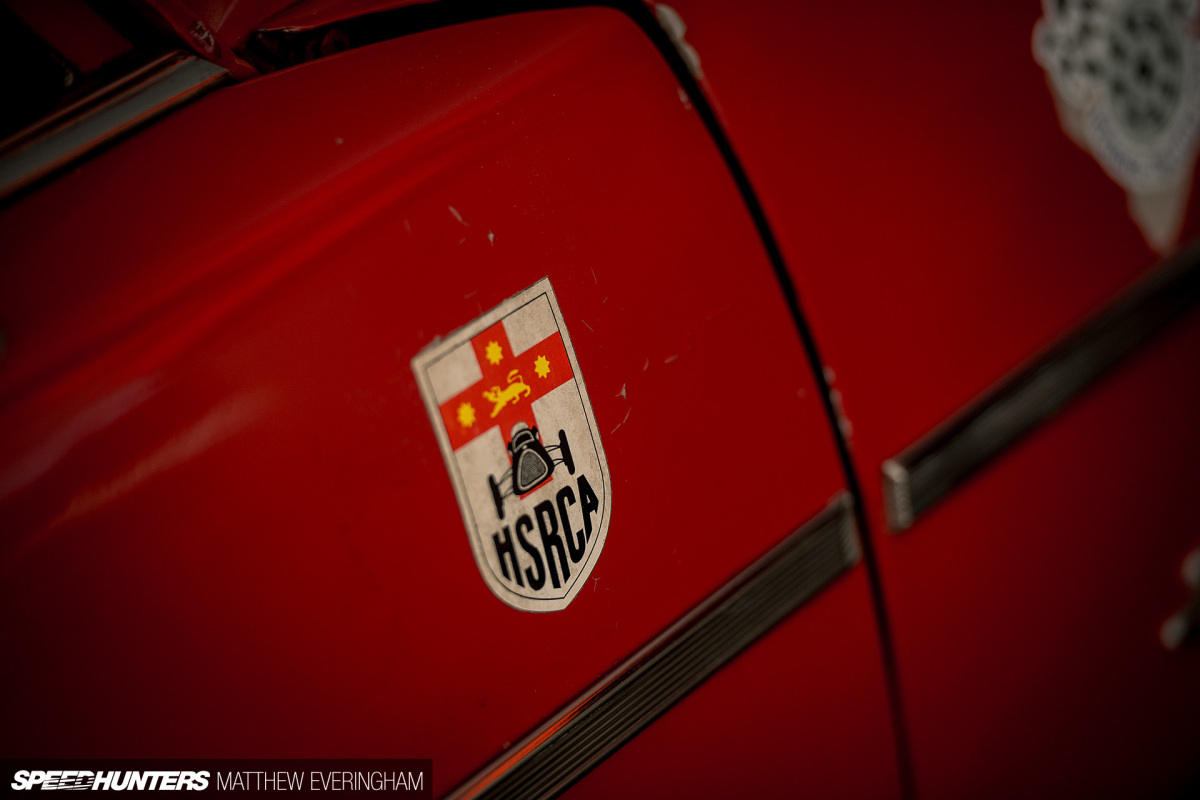
This Prince is no garage queen, though. Instead, it honours its heritage by competing in historical race categories across the country. The car has been purpose-built to win Group Nb, both in its engine class (under 2.0-litre), and hopefully the outright division, too.
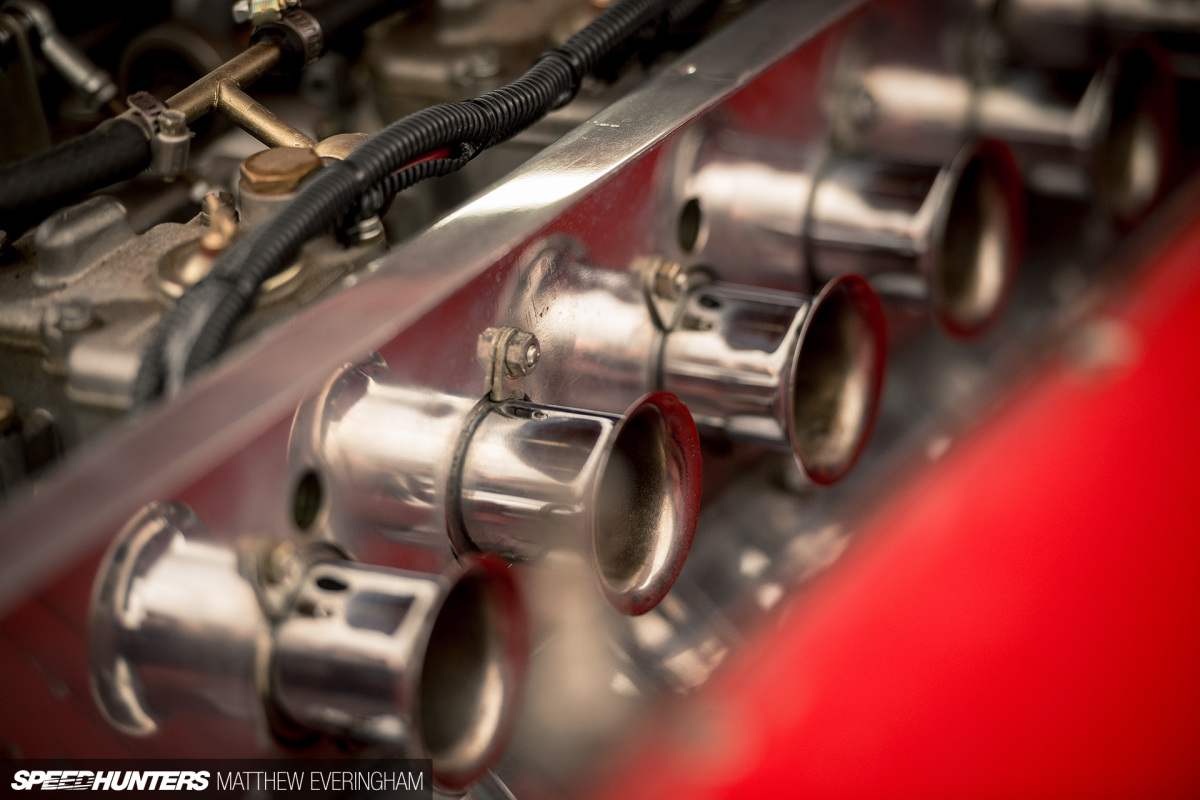
Getting their Prince up and running was only half the battle for the Bryants. Uncovering the original competition specification, let alone actually sourcing factory racing parts from Japan proved to be far more challenging and time-consuming than anyone had imagined. But the buzz of excitement that came with locating each new component, whether it was a cast aluminium grille or a lightweight headlight surround, is what fuelled them to continue.
Rebuilding the engine took a full 11 years of trial and error. While similar rebuilds seem to be limited to achieving around 160hp, the Bryant boys have modified the cylinder head and engine block extensively, and all within the category rulebook. And it’s been built tough to not only survive the high-RPM life of racing, but also to pump out a solid 200hp. The head and block are the only remaining factory items in the engine too; every other component has been redesigned and manufactured from scratch.
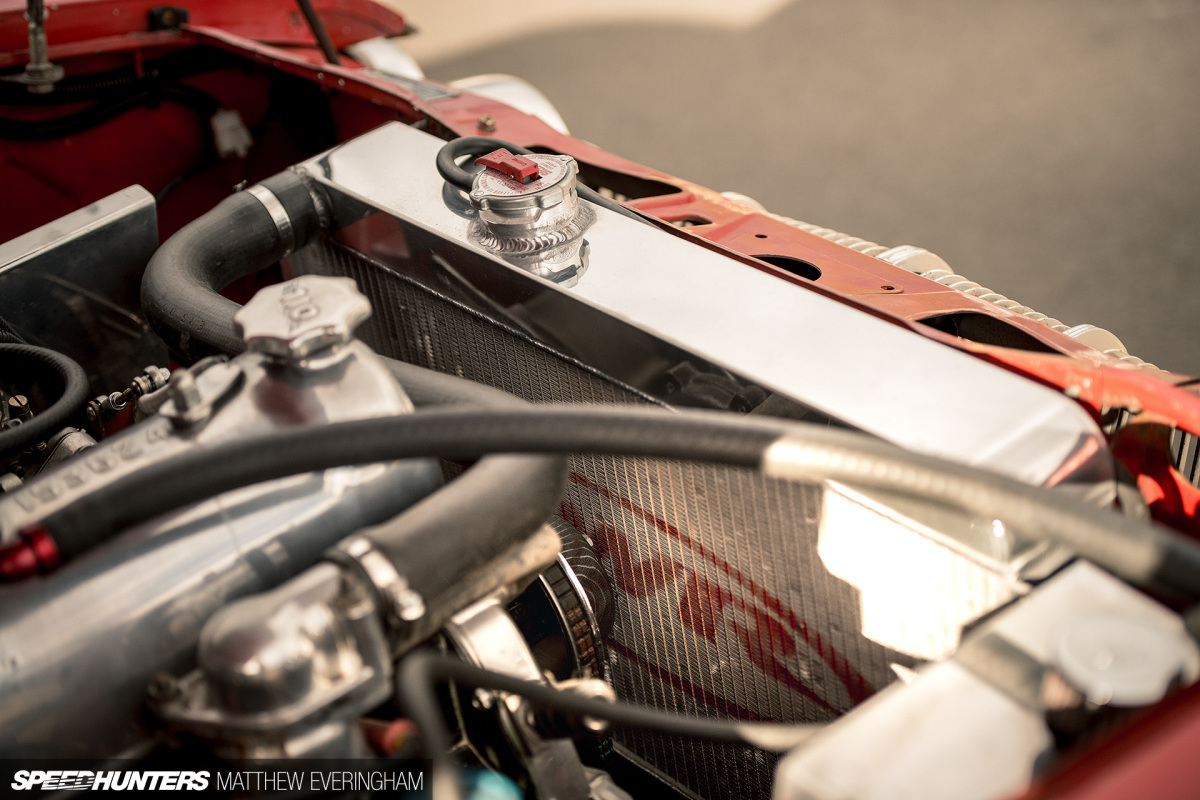
Selecting parts to support the classic engine was a difficult task, as any item added needed to comply with class regulations. The most notable modern addition to the bay is a custom PWR radiator with a Davies Craig electric fan. The triple 40DCOE Webers run a set of custom jets and throats to accommodate the 100RON aviation fuel that pumps into the engine.
The Bryants also managed to source and fit an ultra-rare original race 5-speed gearbox, complete with closer ratios and a lighter, aluminum case. Even 50 years later, the transmission still offers a competitive advantage to the GT-B; it’s the only vehicle in its class to comply with regulations running the more modern 5-speed pattern.
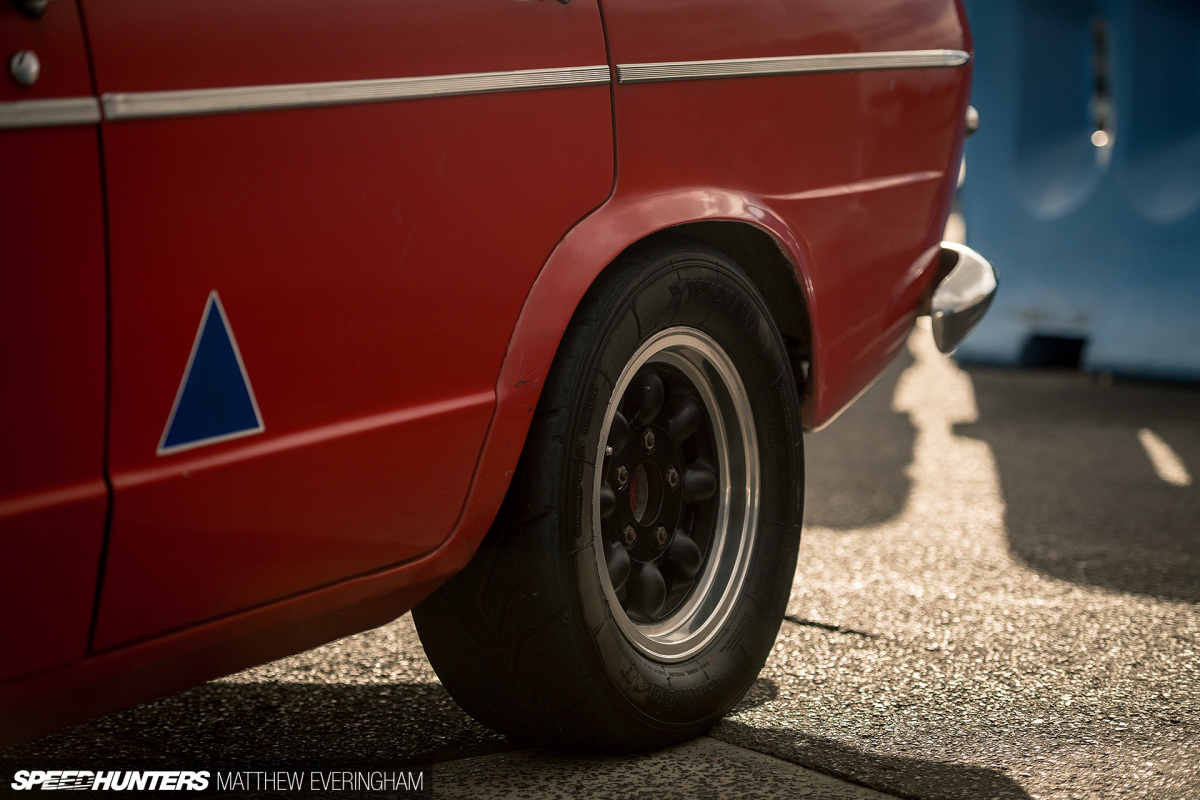
Front end suspension comprises of Koni single adjustment dampers and 800lb King springs, while Koni adjustable dampers and factory leaf springs control the rear end. A set of Contessa magnesium 13×6-inch rims wrapped in Yokohama Advan A048 semi-slicks sit on each corner. The heritage 4-pot calipers have been retained on the front end, coupled with Brypar-developed 2-piece discs and Brypar motorsport-spec pads. Braking at the rear is provided by the factory finned aluminium drums with custom bonded shoes.
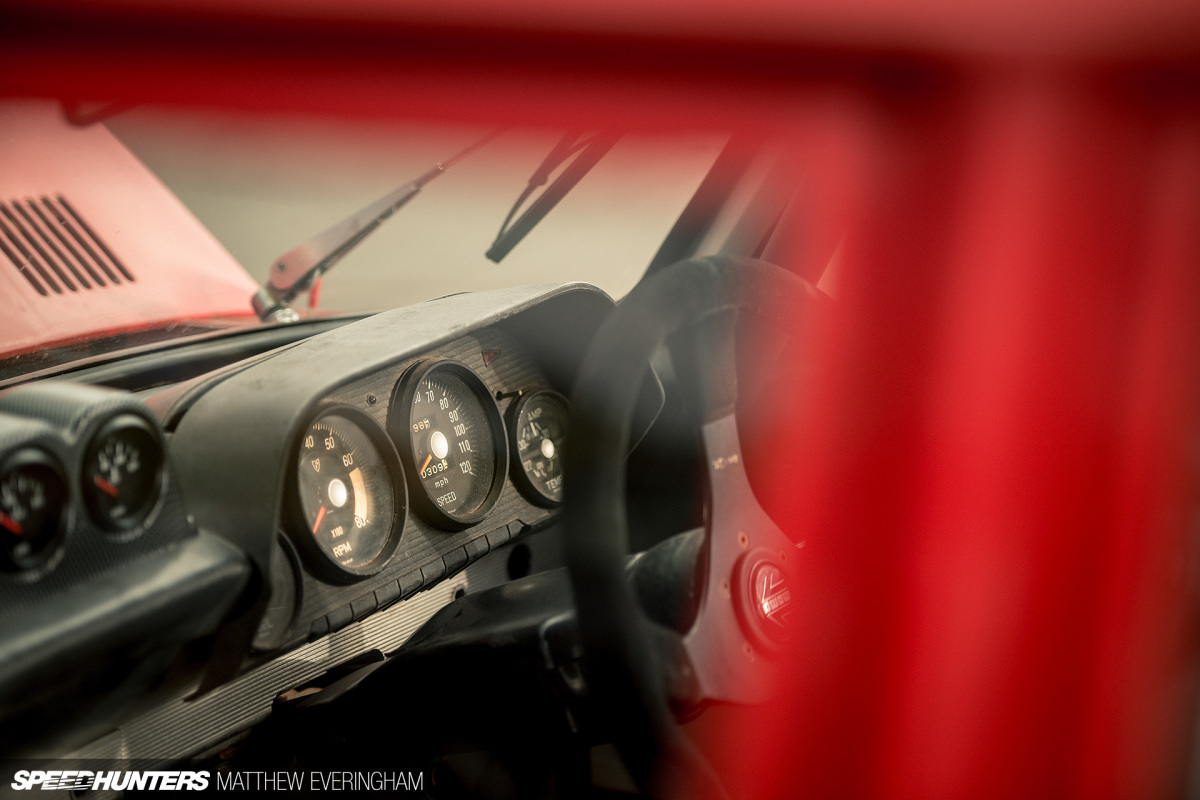
The interior is a relatively standard affair and still even uses the factory instrument cluster for the primary telemetry. Aside from a few minimal modern day intrusions to aid safety, it looks as it possibly could have on the grid in the late ’60s. And that’s the real appeal of this car.
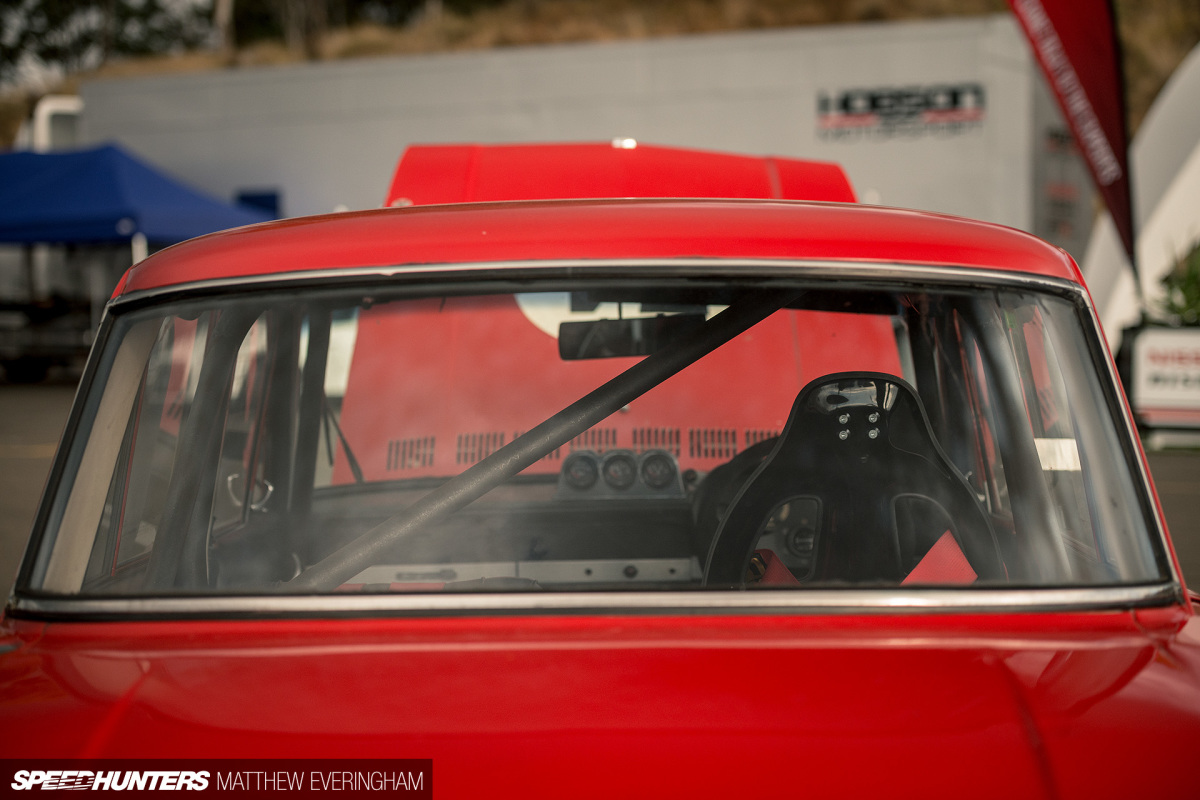
The most noticeable differences when walking around the Skyline is the Bond 6-point, bolt-in steel roll cage and an additional cluster of gauges on top of the dash.
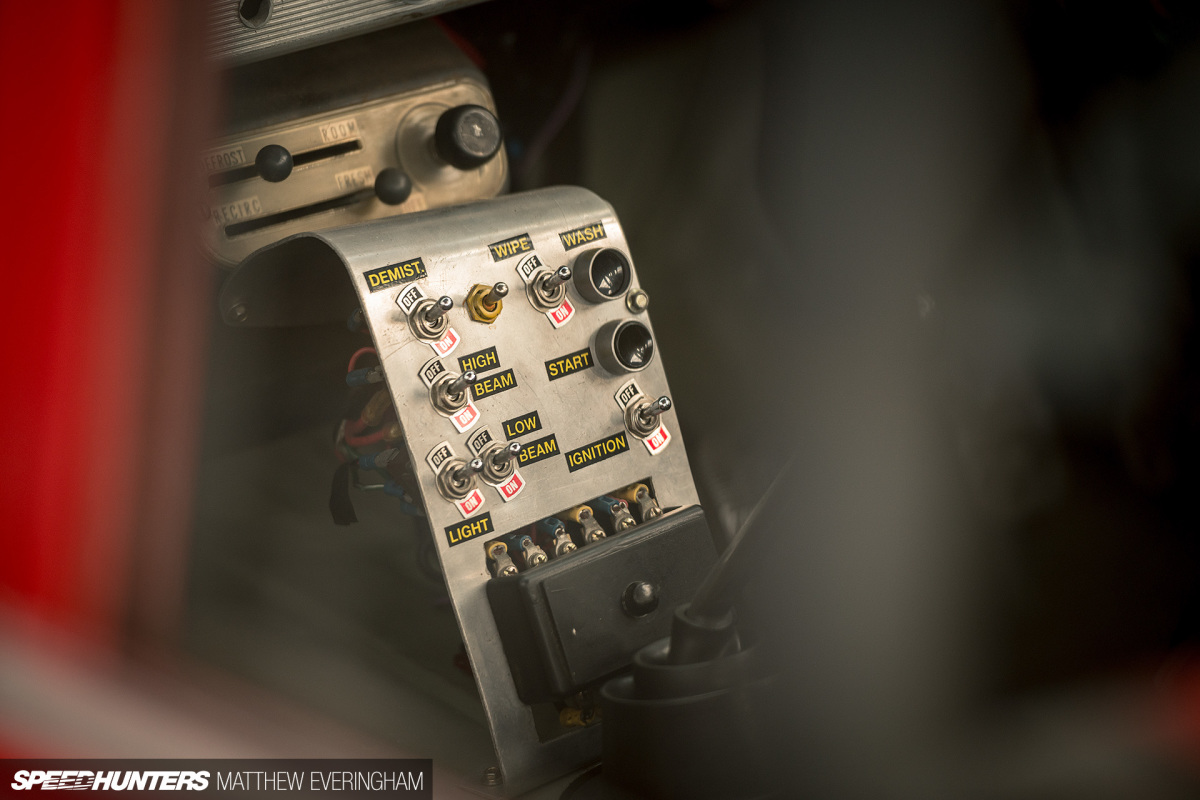
Once you get a little closer, you’ll notice the 330mm Sportline steering wheel and FIA-approved Tillett B6 racing seat. There’s also a custom control panel that takes advantage of the Bryant’s hard work simplifying the vehicle wiring.
This family’s achievements haven’t gone unnoticed within the Prince community, and recently they were invited to Japan to witness one of the original mechanics from the 1960s strip down an factory race motor that was recently recovered in a barn find. After spending some time in Japan, Dick, Peter and Richard are now considering heading back to Japan for a few months with their Prince to take on some of Japan’s most historic tracks. Now that would be a sight to see.
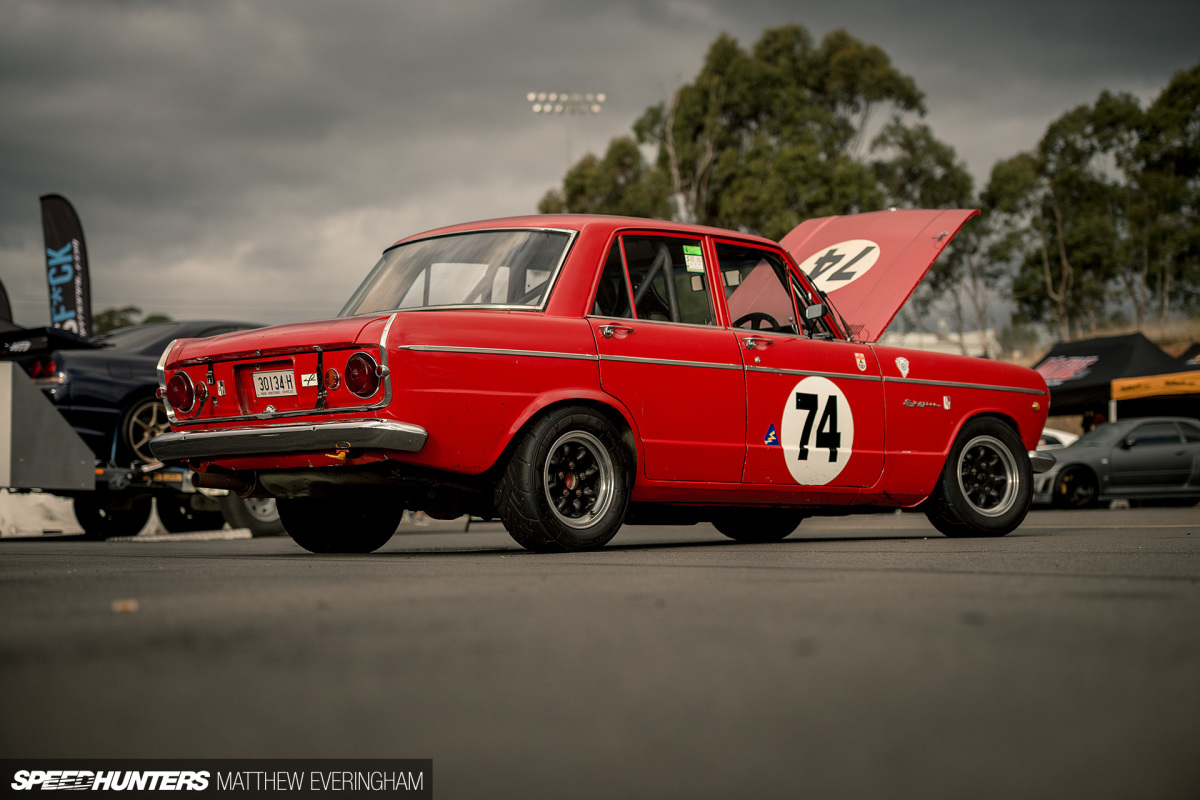
What the Bryants have built is simple upon a first glance, yet amazing when you stop to take in the attention to detail in every corner. Their Prince GT-BE2 is more than just another racer; it’s a time capsule preserved by patience and hard work. It would have been easy to overdo such an iconic car or fill it with newer technology, but by keeping the chassis true to heritage, the family trio have painted an accurate snapshot of a bygone era that we’d otherwise only read about in history books.
Matthew Everingham
Instagram: matthew_everingham
matt@mattheweveringham.com




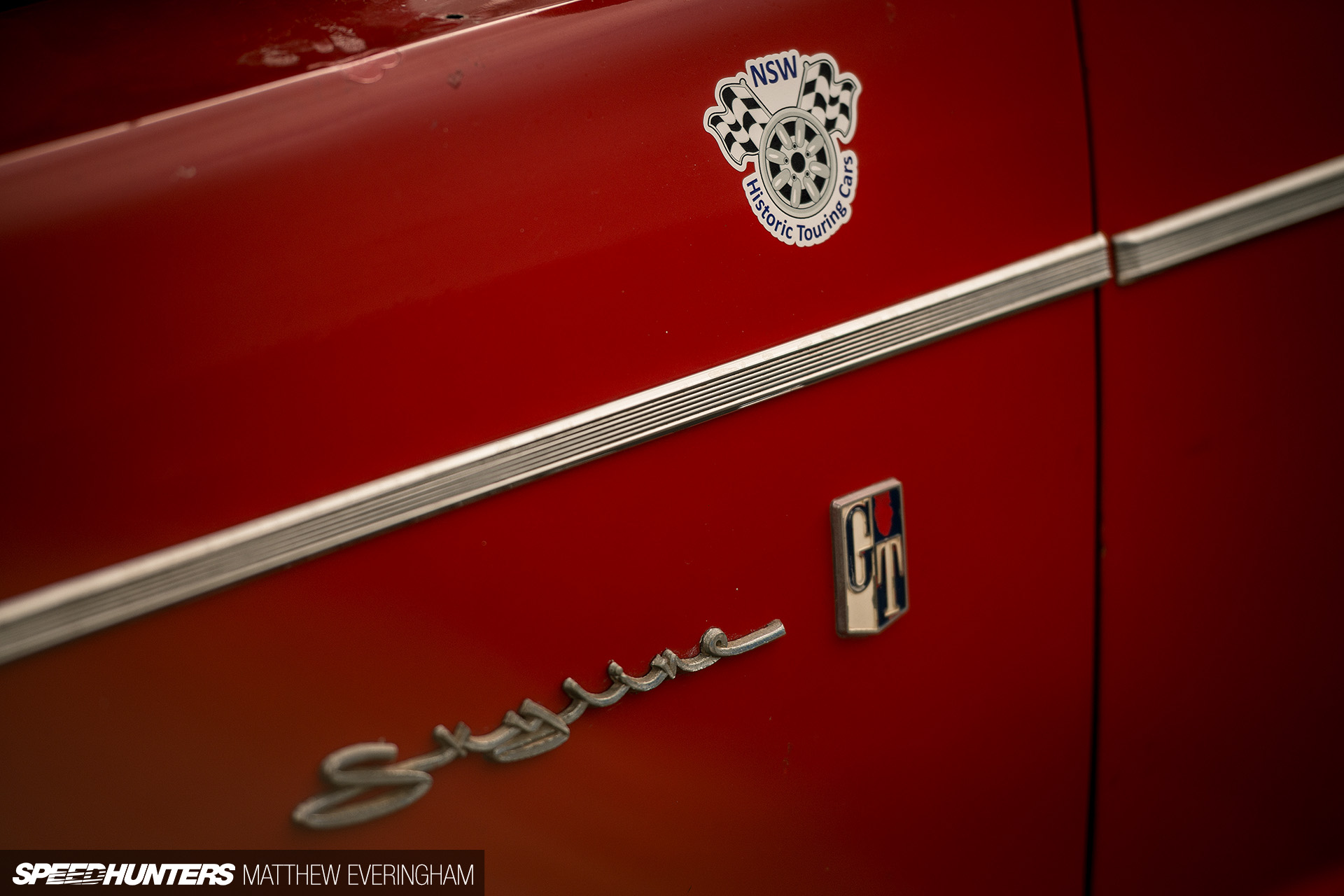





















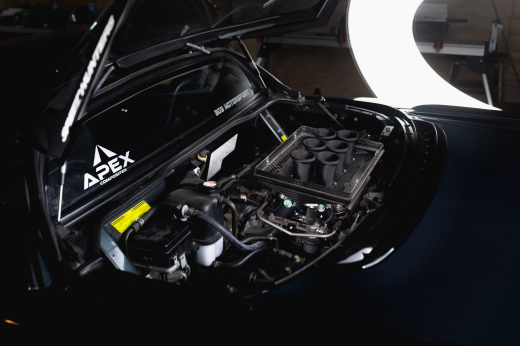


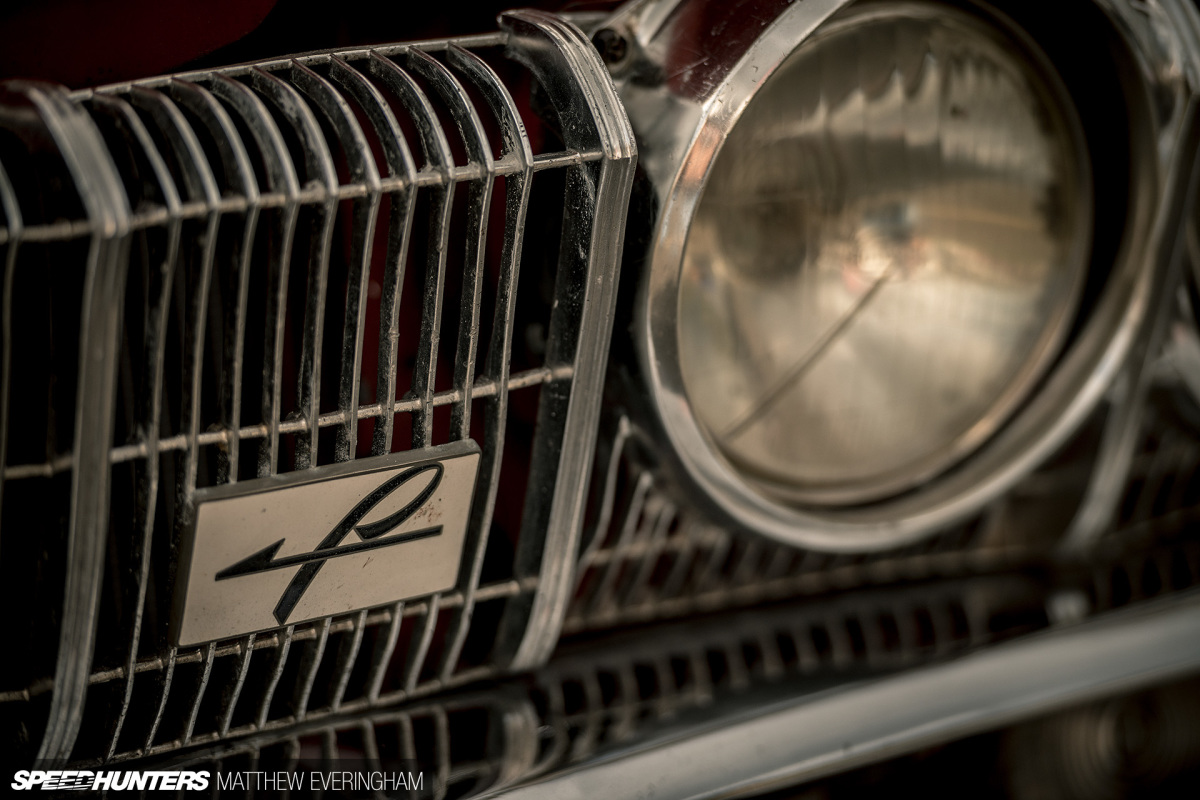
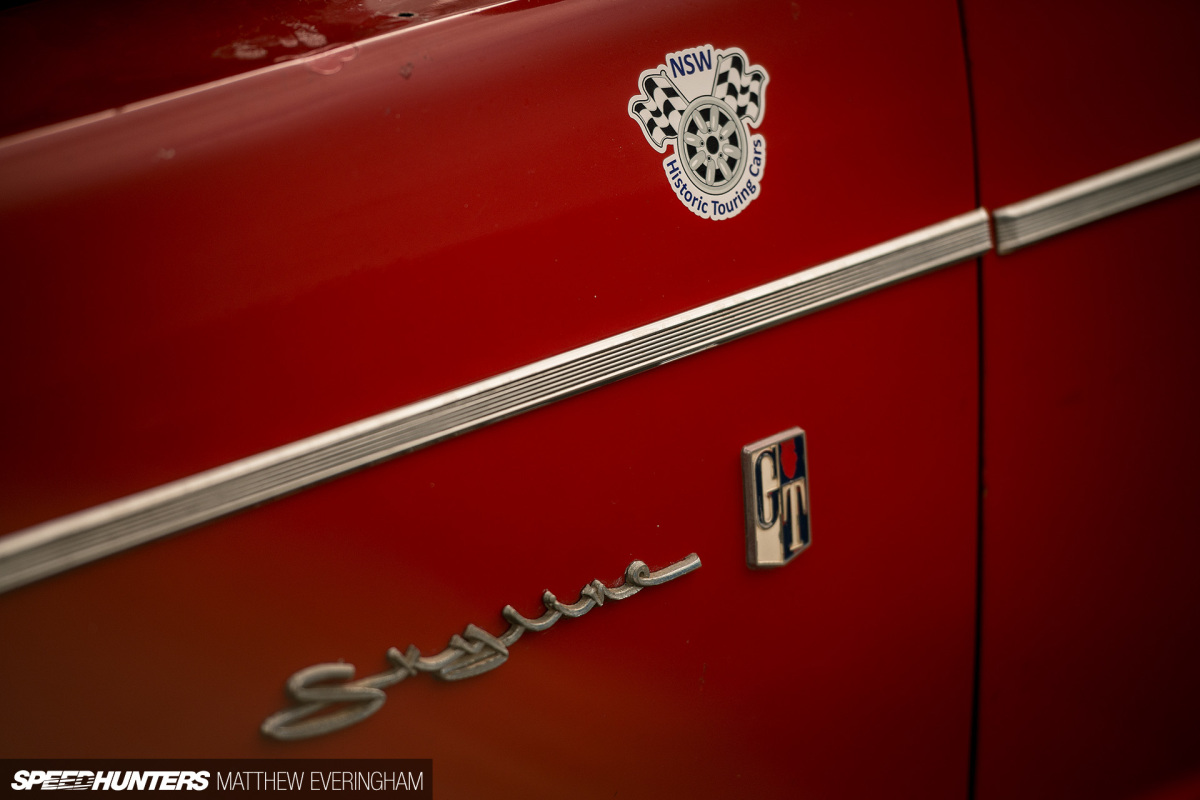
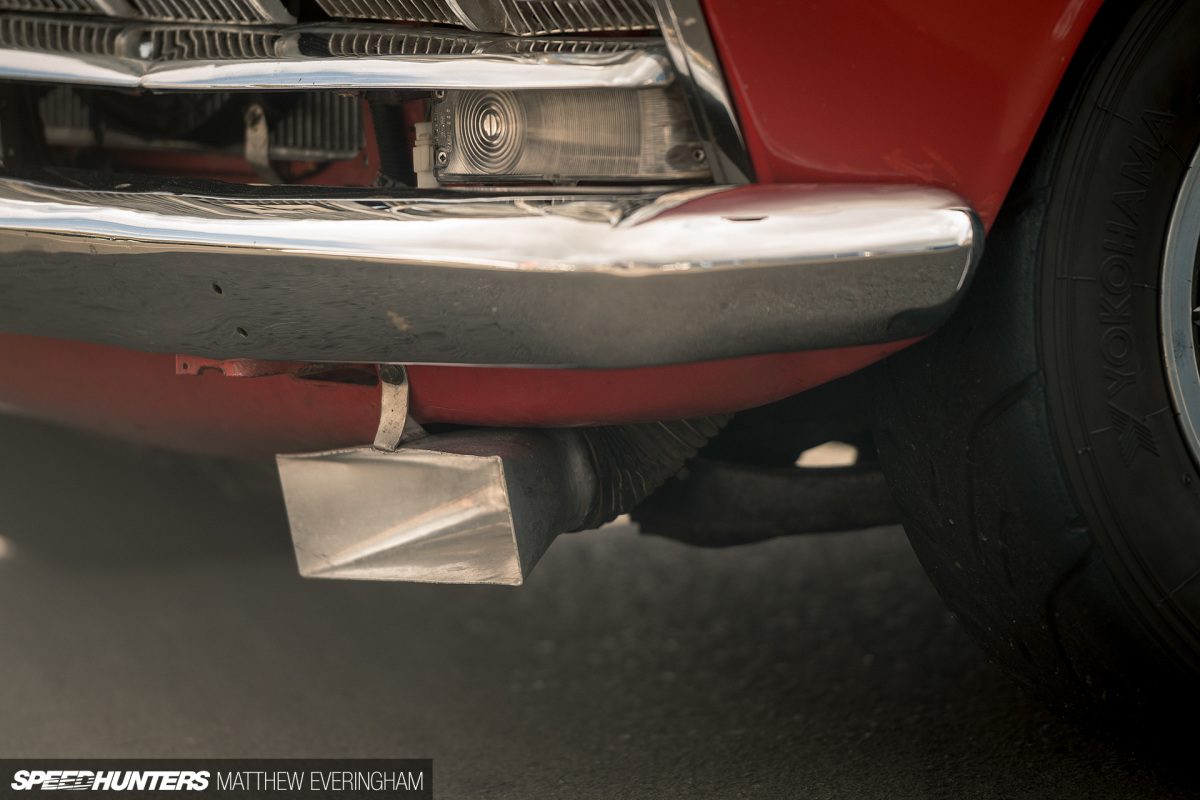
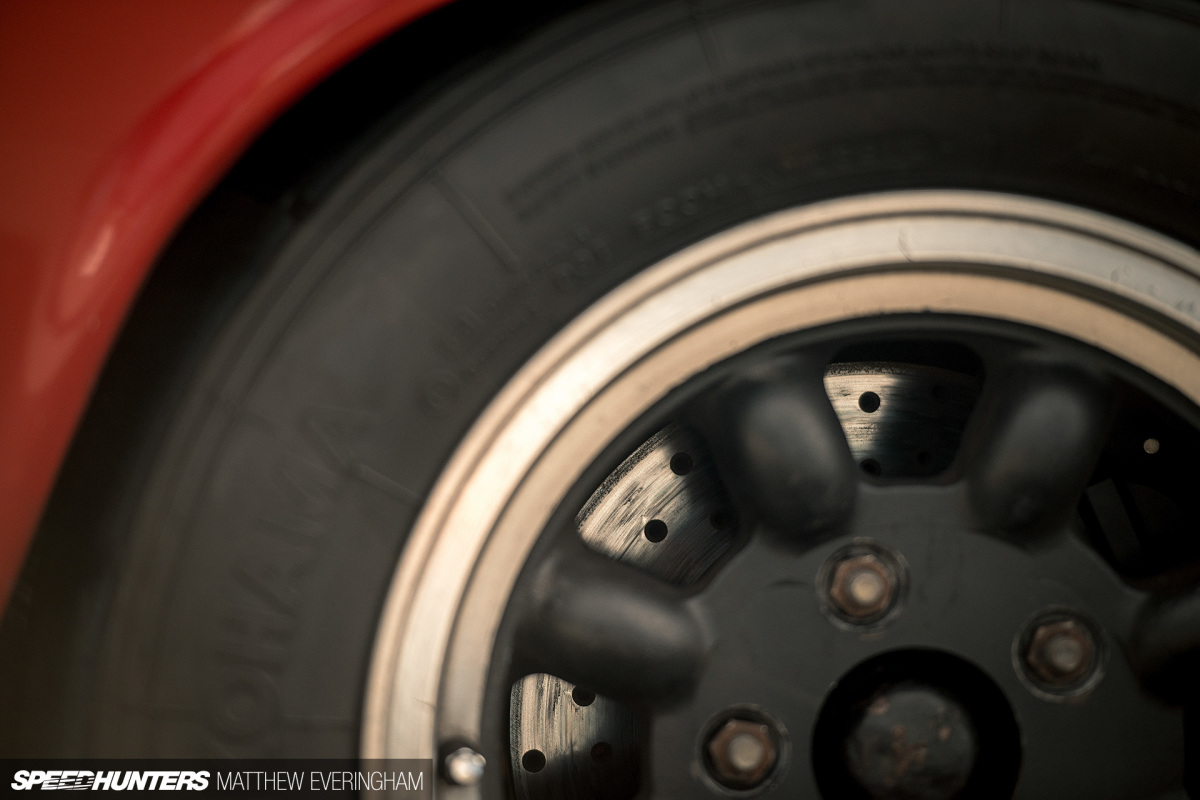
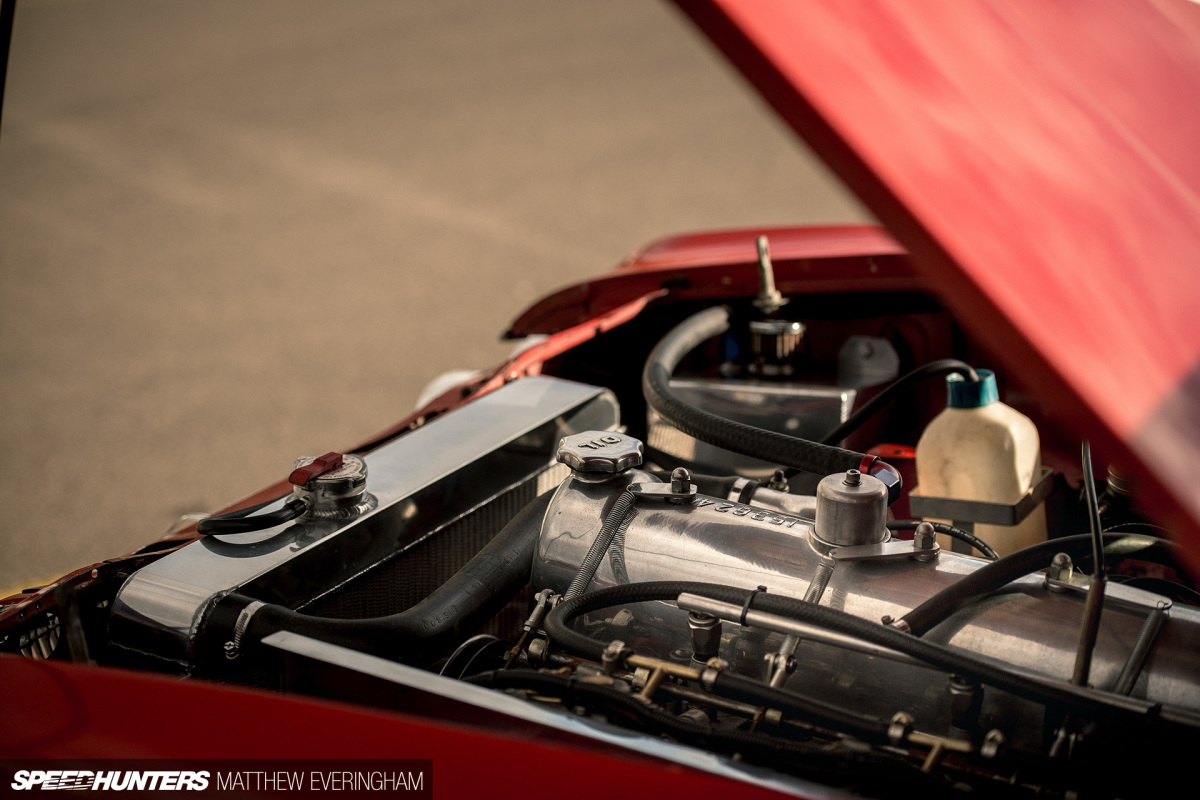
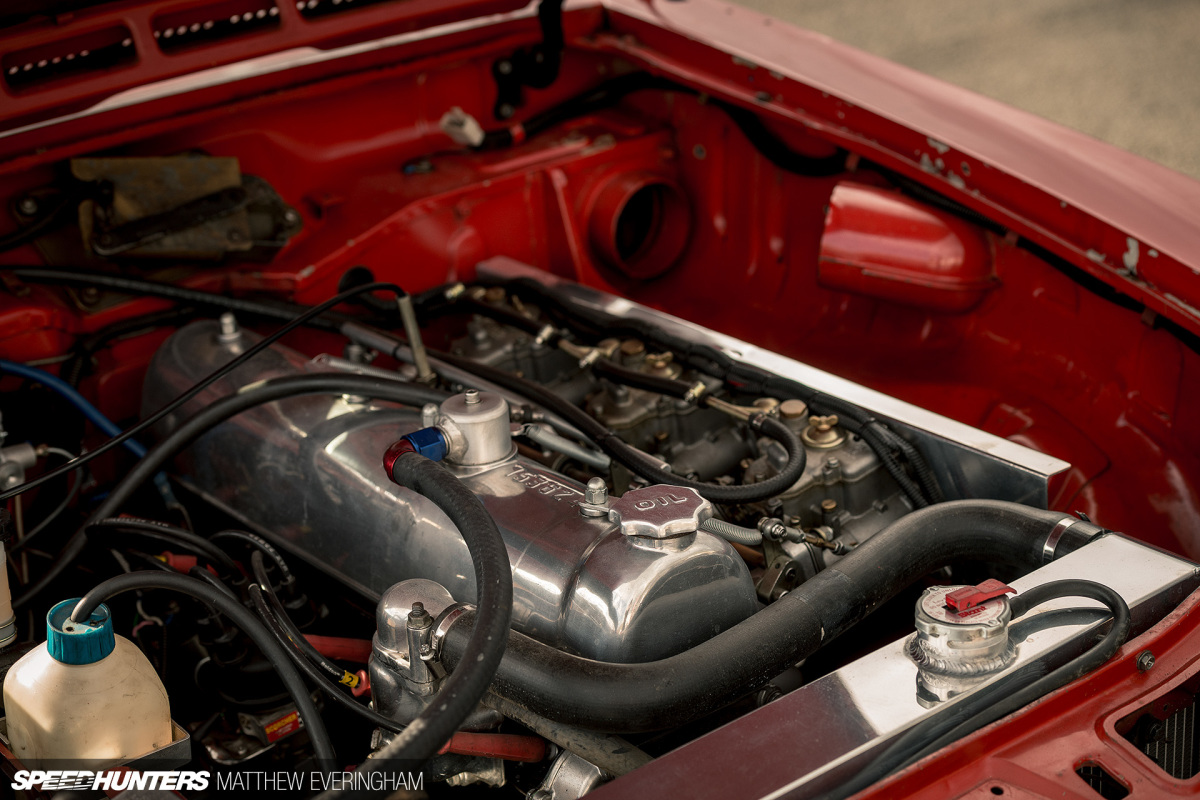
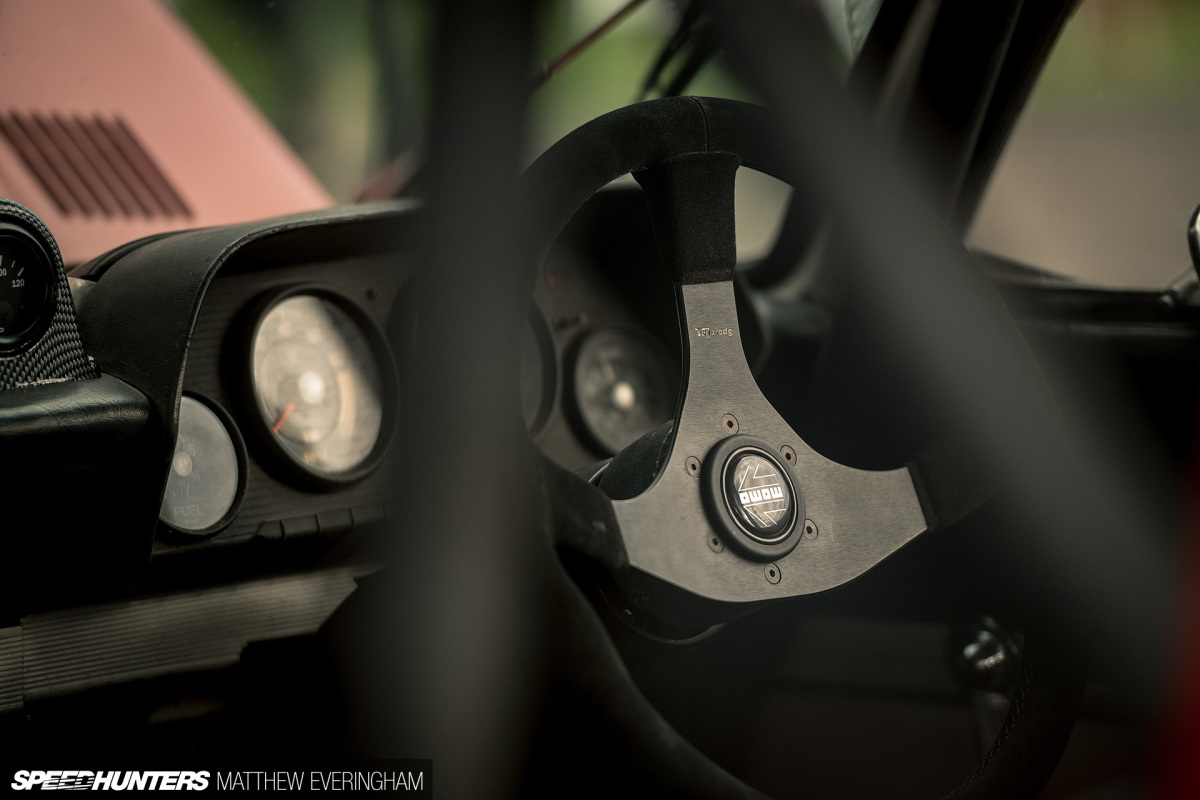
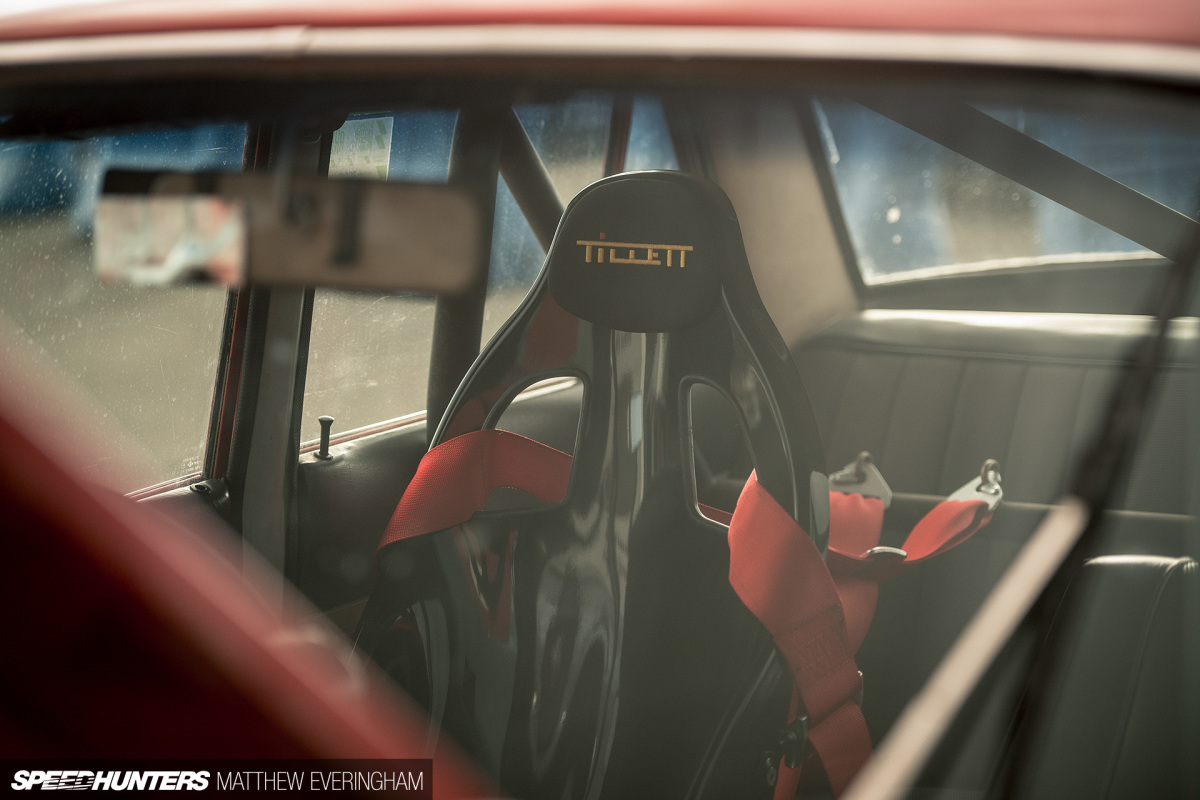
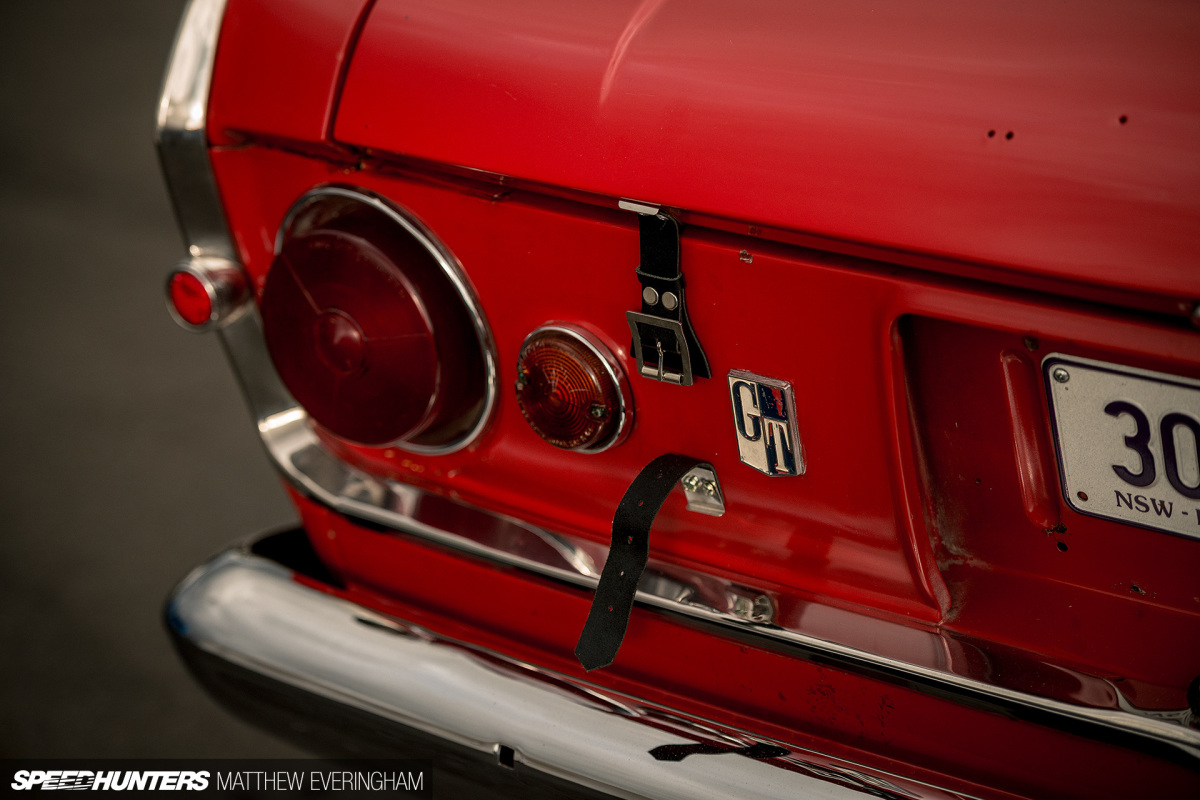
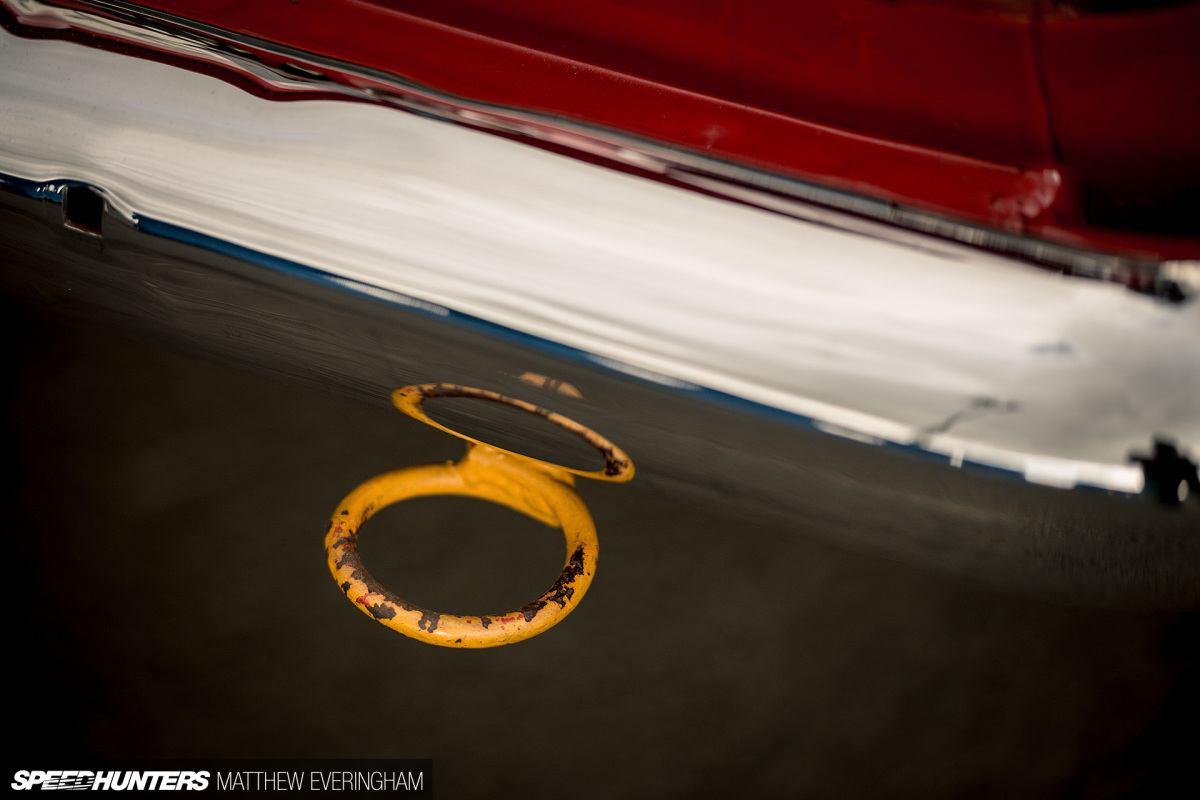
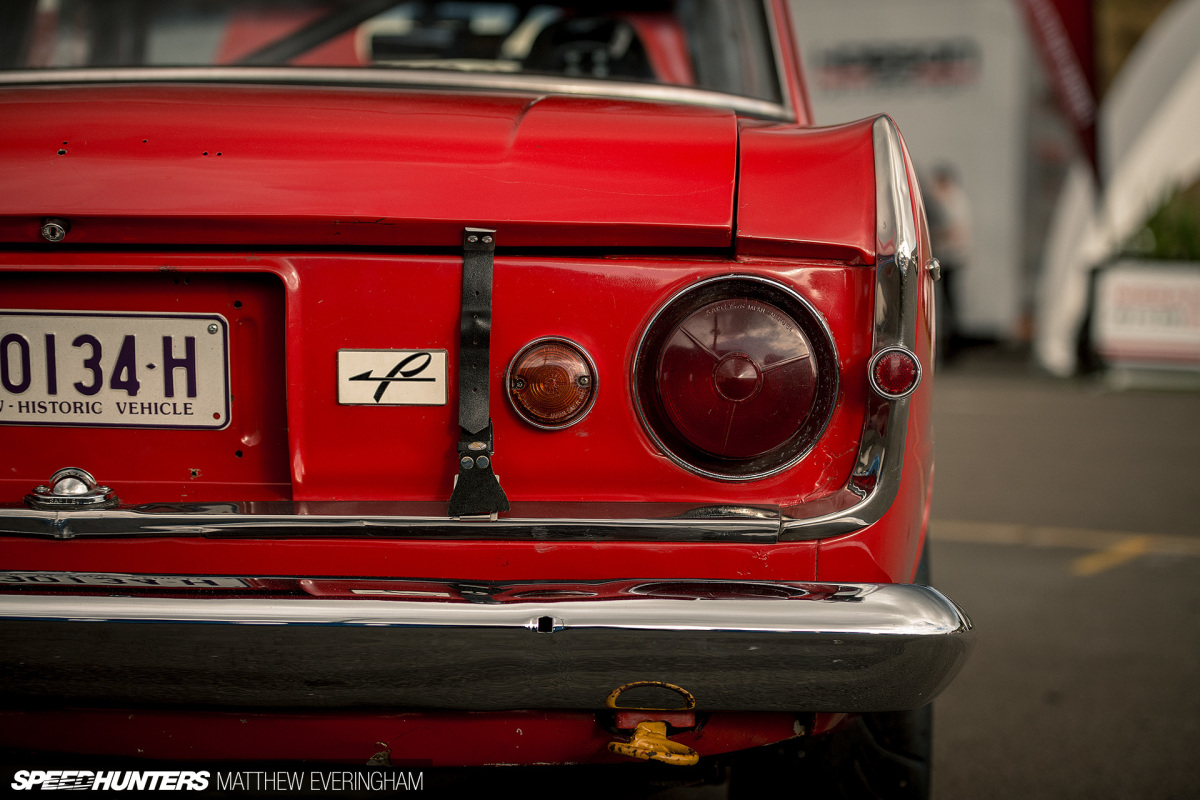





More stories like this please.
Will do!
Awesome stuff. Thanks Matthew. I've been lucky enough to see this up close and also racing, awesome machine.
Wow... this thing already has 5-lugs from the factory?
One can see where the looks of the Datsun 510 came from.
...for Dick Bryant and his two sons, Peter and Richard.
There's a penis joke, or three, in there somewhere.
More of this sort of thing please. One of the top five stories of the past 12 months in my opinion.
Thank you, Rob!
what a cool car and cool story
(\(\
( – -)
((‘) (’)
This is Dick.
Dick owns a Skyline Prince.
Dick is very happy.
dick wanted one since he was a boy.
copy and paste this article link and message to help Dicks Prince Skyline
Achieve world domination.
I am by no means an expert on track cars, but how is that much front camber practical around the track? I'm genuinely confused.
It's for when they get up on those big Australian curbs.
Factory geometry and rule limiting factory components meant we were castor limited. So the only way to achieve the right sort of geometry on turn in was to run this much camber. A new front end is being designed with more static castor and less camber.
Amazing story. Echoing other comments, one of the best this year. I wonder why they decided to ship 300 to Australia? Do you have any more background on this?
300 Cars were produced and homologated for the European Touring car championship.The French based FIA ,or so the story goes did not think that the Italians could produce 900 Webers in one year. They were wrong so the FIA declared the Prince Skyline was a GT car and therefor had to race with the Porches. See Japan Cup.The Japanese were incensed and sold all the cars into Australia.
Boom! Thanks, Dick!
Lovely car! Seems very sorted. If he still has the other 6, please go creep in his garage!
Did he mention why the steering wheel is on upside down though?
I know this is a pretty crazy theory, but I'm thinking maybe the steering wheel has been turned a little bit to park the car on an angle. Much like the Pentagon and Vegas, there's no CCTV footage to confirm this so I'm probably wrong.